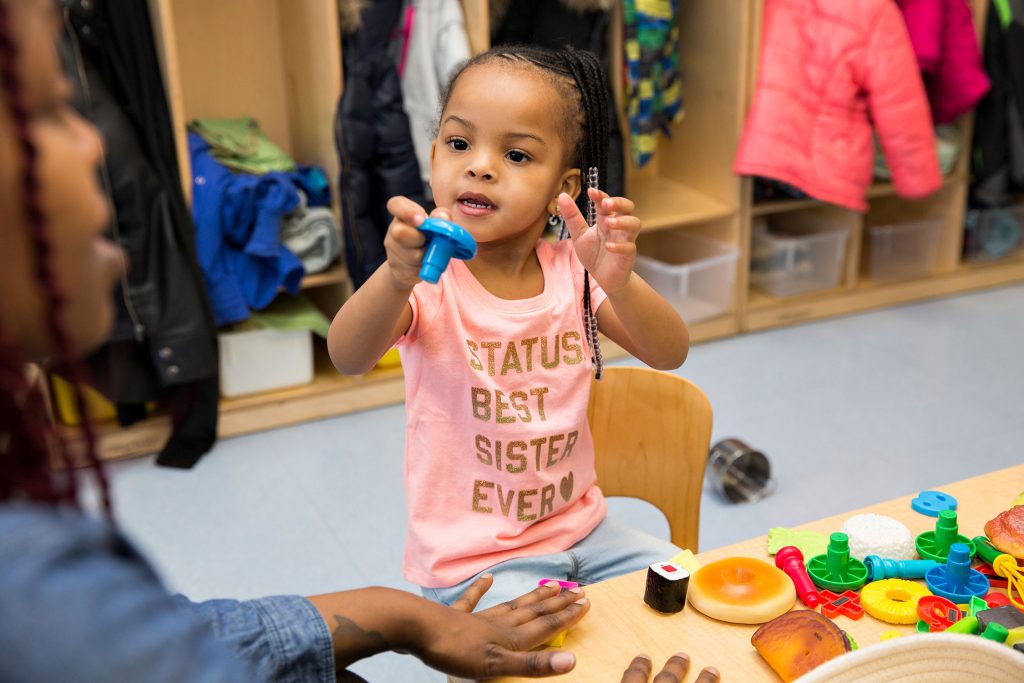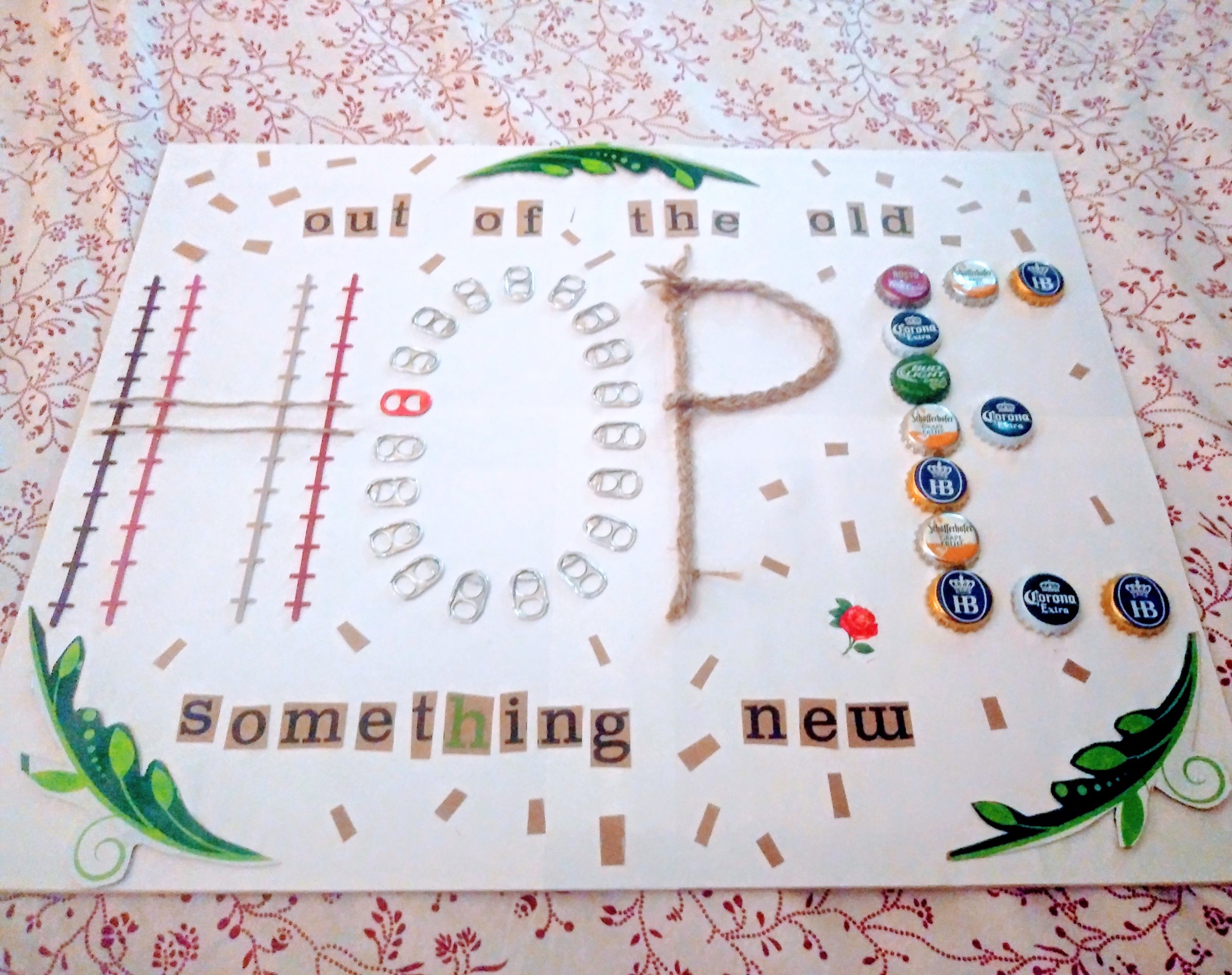The New York State Early Learning Guidelines give educators information about developmental milestones and specific instructional, environmental and family engagement strategies you can use to support young children’s development. In this series of blog posts, we’ll highlight aspects of the Early Learning Guidelines to identify what you may observe about the children you work with and strategies you can try out to support their development.

The Approaches to Learning section of the Early Learning Guidelines describes what active learning looks like in early childhood and provides guidance for how to support children in developing the characteristics of an active learner: curiosity, creativity, initiative and patience.
As children approach the world with curiosity at each age, educators may observe children:
- Looking at themselves in the mirror and trying to reach their own reflection (0-9 months)
- Feeling, banging, sitting on and throwing objects to learn more about them (8-16 months)
- Stopping to examine objects, like leaves, outside (15-24 months)
- Devising ways to reach objects of interest, like pulling a chair up to a table (24-36 months)
- Observing and imitating the play of their peers (3 years)
- Collecting objects they are interested in, like sticks or shells (4 years)
- Recognizing their peers’ knowledge and asking them questions (5 years)
We asked educators to tell us how they foster young children’s curiosity and interest. Here’s what Fariya Khan, a teacher from Queens, shared:
“An essential strategy that I use as an early childhood educator to cultivate curiosity and stimulate children’s interest is to provide an environment that promotes exploration and inquiry. Below are a handful of precise tactics:
Offer practical, interactive learning opportunities: Provide children with the opportunity to investigate materials, objects, and activities that provoke their senses and promote active participation.
Provide opportunities for inquiries that allow for a range of possible responses. Promote the development of critical thinking and the expression of children’s opinions by posing open-ended questions that do not have a single correct solution. This fosters the development of problem-solving abilities and encourages inquisitiveness.
Introduce the contents that capture the attention and curiosity of children. Remember children’s natural inclinations and integrate their fun into the curriculum. This demonstrates that their thoughts and preferences are respected, which might inspire them to acquire more knowledge.
Promote inquiry: Provide avenues for youngsters to explore subjects of interest via projects, experiments, and scholarly inquiry. Please encourage them to inquire, speculate, and discover solutions.
Encourage a conducive learning environment: Cultivate an atmosphere of security and confidence in the classroom, where youngsters are at ease in taking chances, embracing errors, and delving into new concepts without apprehension of criticism.
Demonstrate respectable behavior: Recognize and celebrate young people’s intellectual curiosity and resilience. This emphasizes curiosity and encourages exploration. These methods may help early childhood instructors foster inquisitiveness and a lifelong love of learning in young learners.”


